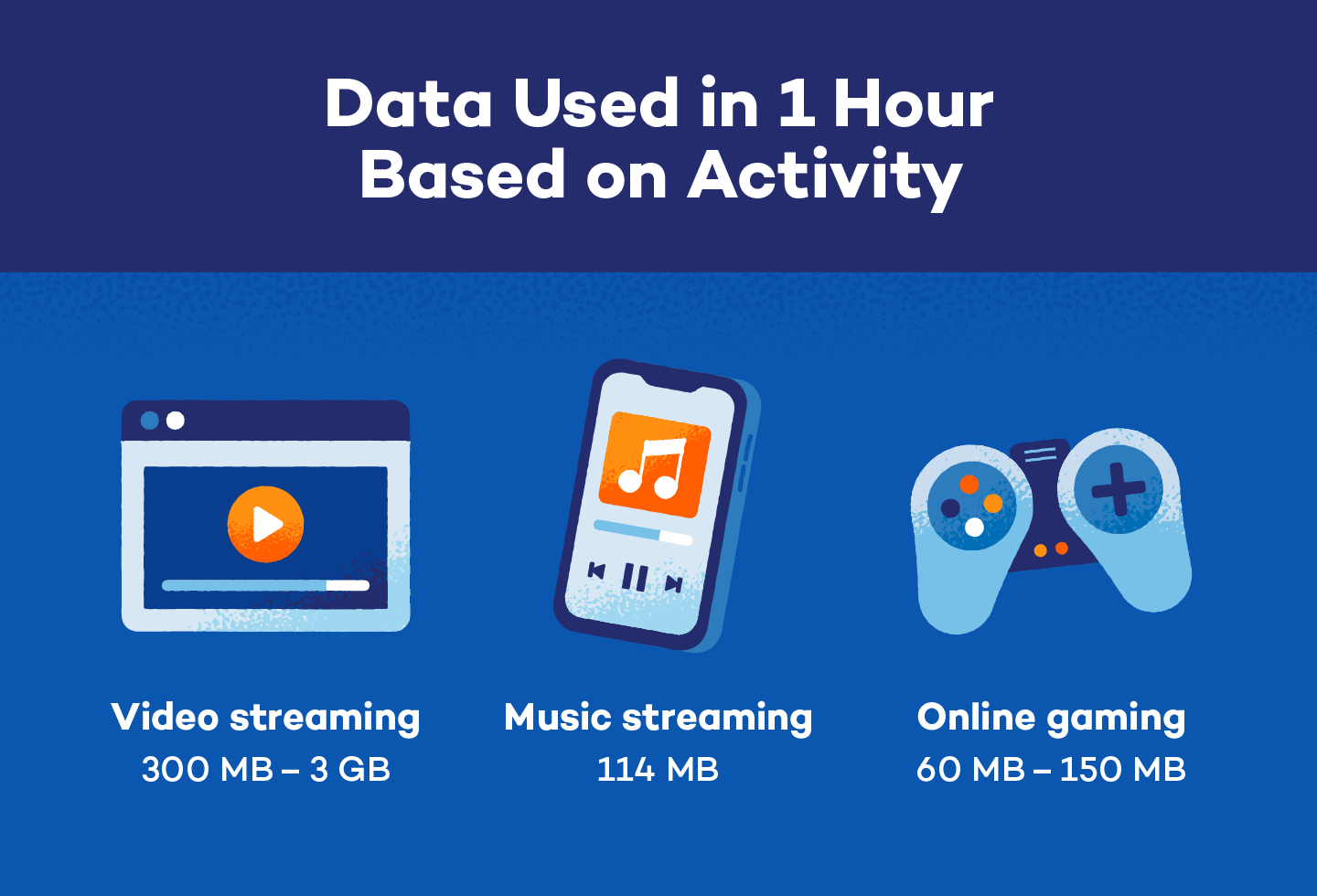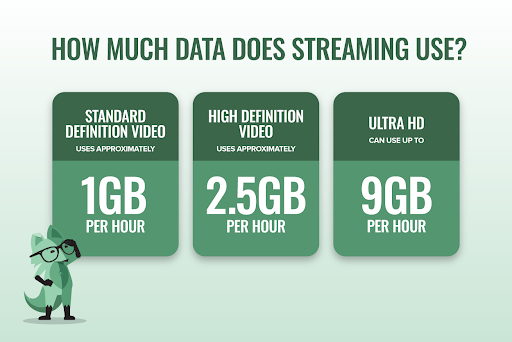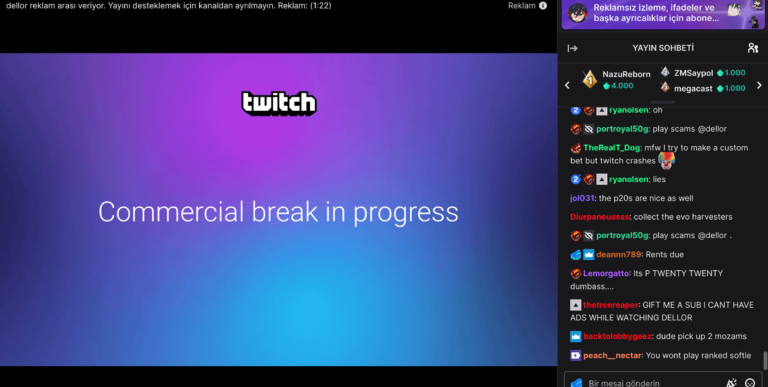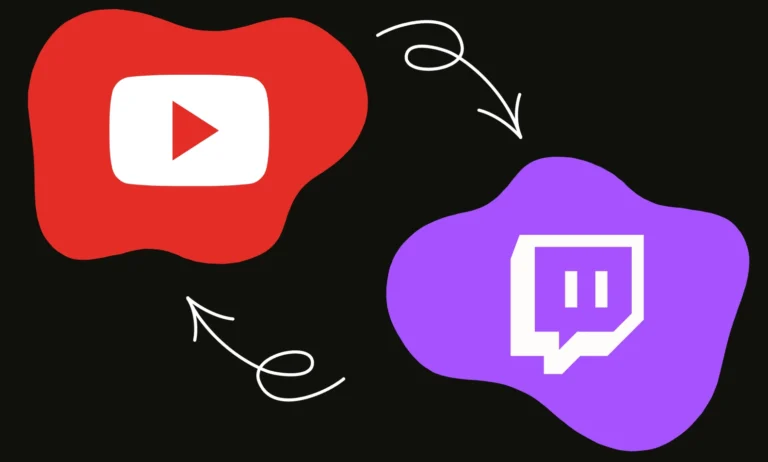How Much Data Does Live Streaming Use Per Hour: Essential Guide
Live streaming can consume a lot of data quickly. On average, it uses about 1 GB to 3 GB of data per hour, depending on the video quality.
Live streaming has become a popular way to watch events, shows, and interact online. Whether you’re using platforms like YouTube, Twitch, or Netflix, the data usage can vary significantly. Understanding how much data live streaming uses per hour is essential, especially if you have a limited data plan.
The quality of the stream, such as standard definition (SD), high definition (HD), or 4K, greatly affects data consumption. This knowledge helps you manage your data better and avoid extra charges. Let’s dive deeper into how different factors influence data usage during live streaming.
Introduction To Live Streaming Data Usage
Live streaming has become popular. People stream events, games, and shows. But, how much data does live streaming use per hour? This is an important question. It impacts your data plan and internet speed.
Understanding data usage is crucial. It helps you avoid extra charges. It ensures smooth streaming without interruptions. So, let’s dive into the details of live streaming data usage.
Why Data Usage Matters
Data usage matters for several reasons. First, it affects your internet bill. If you use too much data, you might face extra charges. Second, it impacts streaming quality. High data usage means better video quality. But it can also slow down your internet speed.
Third, data usage is important for mobile streaming. Mobile data plans have limits. Exceeding these limits can result in high costs. So, knowing how much data streaming uses is essential.
Common Streaming Platforms
Several platforms offer live streaming. Each has different data usage rates. YouTube is popular for live streaming. It uses around 1.5 GB per hour at 720p resolution. Twitch is another platform. It uses about 2.5 GB per hour for high-quality streams.
Netflix also offers live streaming. It uses approximately 3 GB per hour for HD quality. Facebook Live is widely used. It consumes around 1.5 GB per hour at 720p. Each platform’s data usage varies. It depends on the video resolution and quality settings.

Credit: www.pandasecurity.com
Factors Influencing Data Consumption
Streaming live content is a fantastic way to stay connected and entertained. However, it can quickly consume your data. Understanding the factors influencing data consumption can help you manage your usage better and avoid unexpected bills.
Resolution And Quality
The resolution and quality of your live stream significantly impact data usage. Higher resolutions like 1080p or 4K will eat up more data compared to standard definition (SD) at 480p. Think about your viewing habits. Do you really need that crystal-clear HD for every stream? Dropping the resolution can save a lot of data without drastically impacting your viewing experience.
Bitrate And Compression
Bitrate refers to the amount of data processed per second during streaming. Higher bitrate means better quality but more data consumption. Platforms use compression algorithms to reduce data without losing much quality. However, not all compression is equal. Some may degrade the quality noticeably, while others might be more efficient. Knowing how different platforms handle compression can be a game-changer for your data plan.
Platform-specific Settings
Each streaming platform has its own settings that affect data usage. YouTube, Netflix, and Twitch allow you to adjust video quality manually. Have you ever explored these settings? You might find options to limit data usage without compromising too much on quality. Make a habit of checking and adjusting these settings based on your current data situation.
Managing your data consumption while live streaming doesn’t have to be overwhelming. By understanding these factors, you can make smarter choices and enjoy your content without worrying about your data limits. What changes will you make to your streaming habits today?
Data Usage By Resolution
When you’re live streaming your favorite shows or a crucial sports event, the data usage can significantly vary based on the resolution you’re watching. Understanding how much data each resolution consumes can help you manage your data plan better. Let’s break down the data usage by different resolutions.
Standard Definition (sd)
Standard Definition, often abbreviated as SD, is the most basic quality of video streaming. It uses the least amount of data. If you’re on a tight data budget, SD is your best friend.
SD typically streams at a resolution of 480p. On average, streaming in SD can consume about 1 GB of data per hour. This makes it ideal for casual viewing when high resolution isn’t a priority.
Imagine you’re rewatching your favorite sitcom. SD might not give you the crispest image, but it gets the job done without eating up your data.
High Definition (hd)
High Definition, or HD, offers a significant bump in video quality. You might notice clearer images and more detail compared to SD.
HD usually streams at 720p or 1080p. Streaming in HD can use between 1.5 GB to 3 GB of data per hour. This range depends on whether the resolution is 720p or 1080p.
Think about watching a live concert or a thrilling basketball game. You would want the sharpness that HD provides, even if it means using more data.
Full Hd And 4k
Full HD and 4K are for those who crave the highest quality video. The difference is like night and day compared to SD.
Full HD streams at 1080p, consuming about 3 GB per hour. If you step up to 4K resolution, be ready for a substantial data usage of approximately 7 GB to 10 GB per hour.
Have you ever watched a nature documentary in 4K? The vibrant colors and intricate details make it worth the data if your plan allows.
So, what resolution will you choose for your next streaming session? Balancing data usage and video quality is key. Consider your data plan and viewing preferences to make the best choice for you.
Live Streaming On Different Devices
Live streaming is a popular way to watch content in real-time. The amount of data used can vary depending on the device. Each device has different data usage patterns. Below, we explore data usage on smartphones, tablets, laptops, desktops, smart TVs, and consoles.
Smartphones And Tablets
Streaming on smartphones and tablets can be data-intensive. These devices often use mobile data. Watching a high-definition stream can use up to 3 GB per hour. Lower resolutions use less data. For example, a standard definition stream uses about 1 GB per hour. Adjusting the video quality can help save data.
Laptops And Desktops
Laptops and desktops often connect to Wi-Fi. Data usage on these devices can be high. Streaming in high definition uses around 3 GB per hour. Ultra-high-definition streams can use up to 7 GB per hour. Lowering the video quality reduces data consumption. This is useful for those with limited data plans.
Smart Tvs And Consoles
Smart TVs and consoles provide a great streaming experience. They usually connect to Wi-Fi or Ethernet. High-definition streams on these devices use about 3 GB per hour. Ultra-high-definition streams can use up to 7 GB per hour. Adjusting the video quality can help manage data usage. This is important for users with data caps.
Comparing Data Usage Across Platforms
Live streaming has become a popular way to share content with a global audience. But how much data does it use? This can vary depending on the platform. Let’s compare data usage across some of the most popular live streaming platforms.
Youtube Live
YouTube Live offers different streaming quality options. For 720p, expect to use around 1.5 GB per hour. Higher quality, like 1080p, uses up to 3 GB per hour. The highest quality, 4K, can use up to 7.2 GB per hour. Choose your quality based on your data plan.
Twitch
Twitch is a favorite among gamers. Streaming at 720p uses about 2 GB per hour. For 1080p, data usage jumps to around 4 GB per hour. If you stream in 4K, expect to use up to 10 GB per hour. Twitch can be data-intensive for high-quality streams.
Facebook Live
Facebook Live is great for connecting with friends and family. Streaming at 720p uses about 1 GB per hour. For 1080p, it goes up to 2.5 GB per hour. Facebook Live is more data-friendly compared to some other platforms.
Instagram Live
Instagram Live is popular for quick, casual streams. Streaming at 720p uses about 0.9 GB per hour. For 1080p, data usage is around 1.5 GB per hour. Instagram Live is the most data-efficient platform among the ones listed.

Credit: www.firsty.app
Managing Data Usage
Managing data usage is crucial for live streaming, especially if you have limited data. Understanding how to control data consumption can help you avoid unexpected charges. Let’s explore some effective strategies to manage your data usage while live streaming.
Adjusting Stream Quality
One way to manage data usage is by adjusting the stream quality. Lowering the video resolution can save a lot of data. For example, streaming in 720p uses less data than streaming in 1080p. Most streaming platforms allow you to change the quality settings. Check your platform’s settings and choose a lower resolution to save data.
Using Data Monitoring Tools
Data monitoring tools can help you track how much data you use. Many apps and devices offer built-in data tracking features. These tools can alert you when you are close to your data limit. This way, you can adjust your streaming habits before exceeding your data cap.
Wi-fi Vs Mobile Data
Using Wi-Fi instead of mobile data can significantly reduce your data consumption. Wi-Fi connections usually offer unlimited data, so streaming over Wi-Fi can be more cost-effective. If you must use mobile data, be mindful of your data plan. Streaming over mobile data can quickly use up your monthly allowance.
Impact Of Live Streaming On Internet Plans
Live streaming can quickly consume data. Streaming in high definition uses about 3 GB per hour. Lower quality streams use less data.
### Impact of Live Streaming on Internet Plans Live streaming is a fantastic way to enjoy content in real-time. However, it can have a significant impact on your internet plan. Whether you’re streaming a live sports event, a concert, or your favorite gamer, you need to be aware of how much data it consumes. ####Understanding Data Caps
Many internet providers impose data caps on your monthly usage. These caps can range from 100GB to 1TB. If you love live streaming, you might hit these caps sooner than expected. A single hour of HD streaming can use up to 3GB of data. Imagine watching a two-hour movie every night. You’d be looking at nearly 180GB per month just from that. ####Unlimited Data Plans
Consider unlimited data plans if live streaming is a big part of your life. These plans can save you from the stress of monitoring your data usage. Unlimited plans often come with a higher price tag. However, they offer peace of mind and allow you to stream without worry. I once switched to an unlimited plan after getting hit with overage charges. The extra cost was worth the convenience. ####Overage Charges
Overage charges can be a nasty surprise at the end of the month. These fees apply when you exceed your data cap. They can range from $10 to $50 for each additional 50GB. That’s money you could be spending elsewhere. To avoid these charges, monitor your data usage closely. Apps and online tools can help you keep track. Does your current plan fit your streaming habits? If not, it might be time to reconsider. In essence, understanding your data needs and choosing the right plan can make your live streaming experience smooth and enjoyable.Tips To Reduce Data Consumption
Live streaming is a fantastic way to stay connected, but it can eat up a significant amount of data. Whether you’re streaming your favorite series on Netflix or broadcasting your gameplay on Twitch, data consumption can be a concern. Here are some practical tips to help you reduce data consumption while enjoying your favorite content.
Optimizing Settings
Adjusting your streaming settings can make a big difference in data usage. Lowering the resolution is a simple but effective way to reduce data consumption. Instead of streaming in 1080p or 4K, opt for 720p. The quality might slightly decrease, but it’s a worthy trade-off if you’re running low on data.
Another setting to tweak is the frame rate. Streaming at 30 frames per second (fps) instead of 60 fps can cut down data usage significantly. You may not even notice the difference, especially if you’re watching a talk show or a news broadcast.
Choosing The Right Times To Stream
Streaming during off-peak hours can be beneficial. Many internet service providers offer unlimited data during specific times, like late at night. You can schedule your streaming sessions accordingly to take advantage of this.
Additionally, if you share your internet connection with others, streaming when fewer people are online can help you get a better quality stream with less buffering. This can make it easier to lower the resolution without compromising the viewing experience.
Utilizing Offline Options
Many streaming services offer offline viewing options. Downloading your favorite shows or movies when you’re connected to Wi-Fi can save a lot of data. Netflix, Amazon Prime, and Disney+ all offer this feature.
When you know you’ll be without internet, planning ahead can make a big difference. Download content during Wi-Fi access and enjoy it later without worrying about data consumption. This is particularly useful for long flights or road trips.
Have you tried any of these tips yet? If not, give them a shot and see how much data you can save. If you have more tips, feel free to share them in the comments!

Credit: roamless.com
Frequently Asked Questions
How Much Data Does 1 Hour Of Live Streaming Use?
One hour of live streaming can use between 1 GB to 3 GB of data, depending on video quality.
How Many Gb Does It Take To Stream A 2 Hour Movie?
Streaming a 2-hour movie typically uses 2 to 6 GB of data. This varies based on video quality.
How Long Will 1gb Of Data Last Streaming Tv?
1GB of data lasts approximately one hour of streaming TV in standard definition. Higher definitions consume more data.
How Much Data Does 30 Minutes Of Streaming Use?
Streaming for 30 minutes uses about 1. 5 GB of data for HD video. For SD, it uses around 700 MB.
Conclusion
Understanding data usage for live streaming is crucial. Every platform varies in data consumption. High-definition streams use more data than standard. Keep an eye on your data plan. Stream wisely to avoid extra charges. Lowering video quality saves data. Always check your streaming settings.
This helps manage data effectively. Happy streaming!






